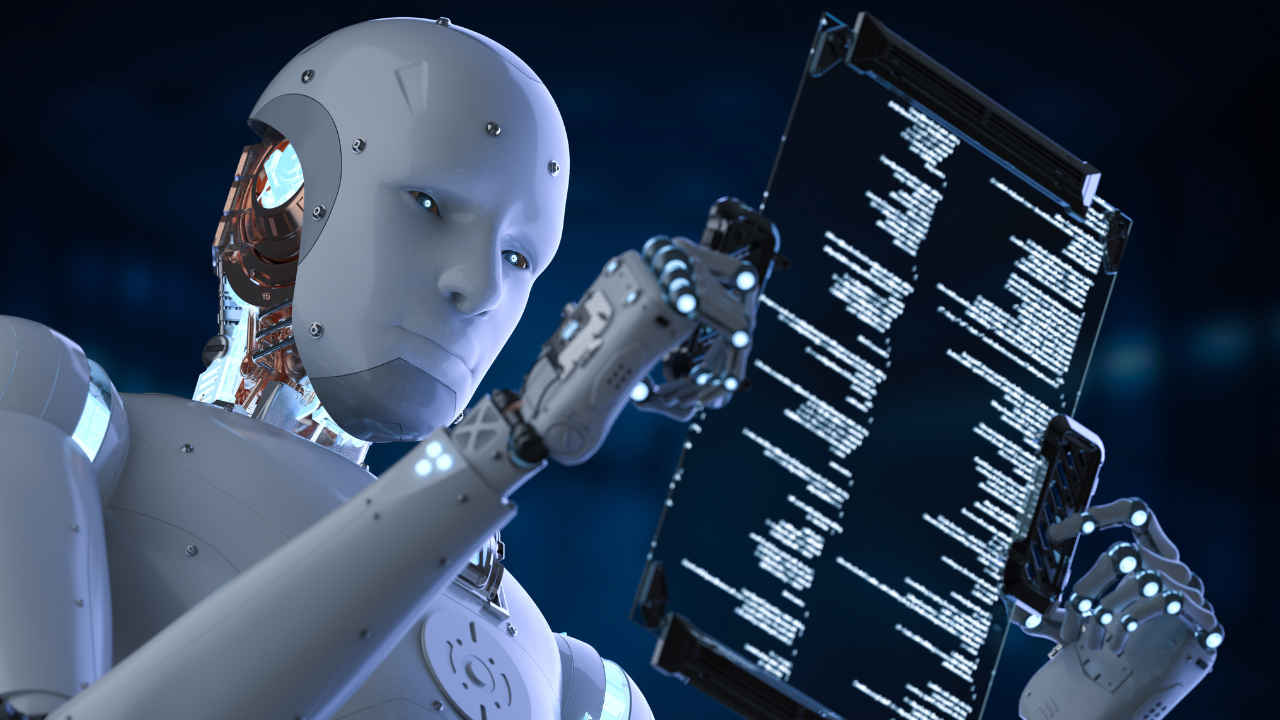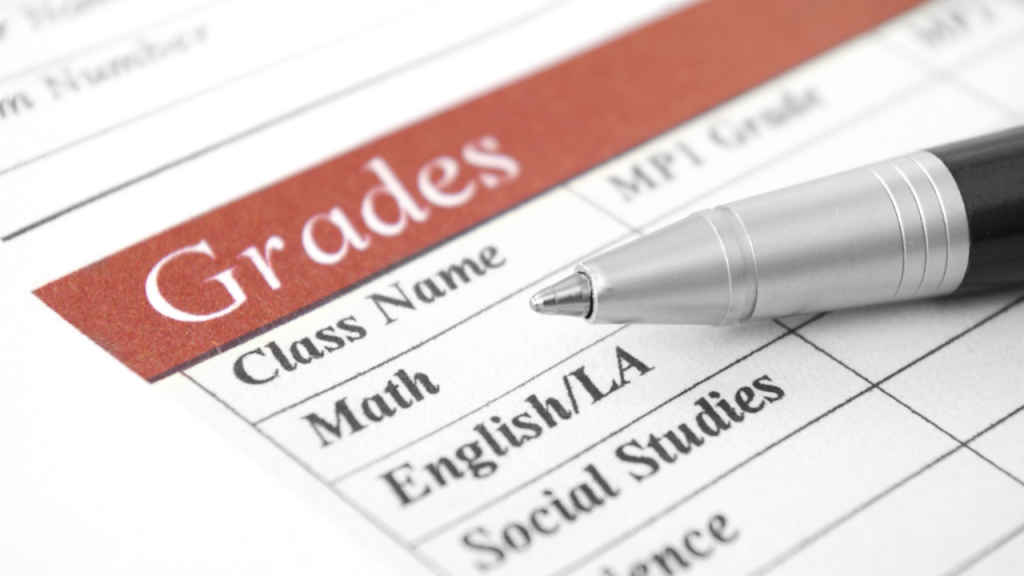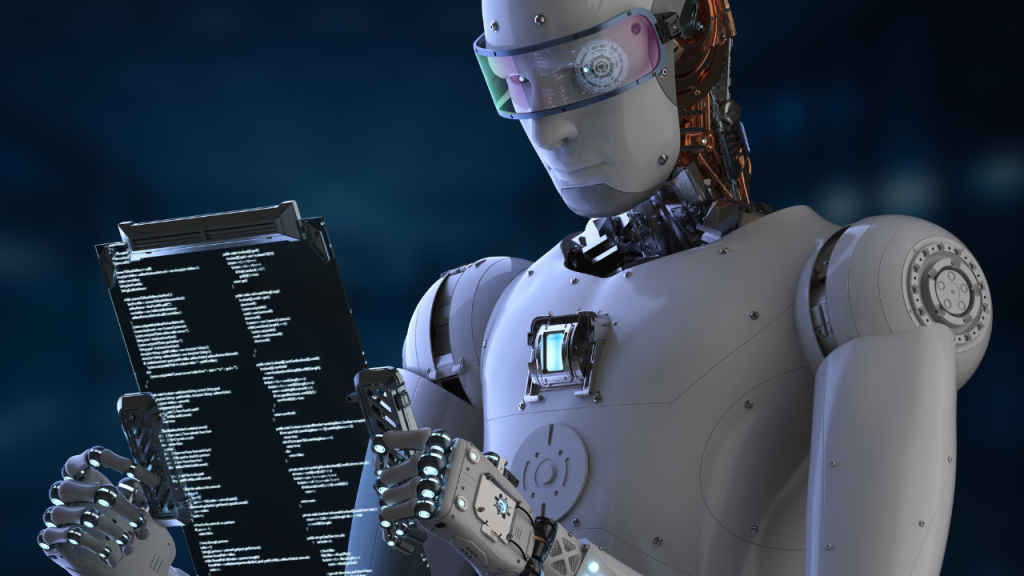ChatGPT maker’s secret tool to detect AI-written text with 99.9% accuracy: Why isn’t it released?

In what promises to be agonisingly frustrating news for school and college teachers all around the world, OpenAI possesses a technology capable of reliably identifying text generated by ChatGPT with up to 99.9% accuracy, including essays and research papers. And despite widespread concerns over academic dishonesty involving AI-generated text by students trying to cut corners, the company hasn’t publicly released this AI-generated text detection tool. Sounds unbelievable, right?
According to a WSJ report, release of the AI text detection tool has been delayed till now because of internal disputes at OpenAI – a lack of consensus from the ChatGPT maker has stalled the release of this technology for approximately two years, believe it or not. According to informed sources and internal documents, accessed by the WSJ, the disruptive tool has been ready and prepared for deployment for nearly a year. It can go live as soon as possible, if OpenAI chooses to give it the green light.
Also read: OpenAI’s GPT-5 will be a major upgrade over GPT-4, says Sam Altman
This is quite something, if you think about it: Where on one hand OpenAI has been accelerating release of whole new products like Sora (text-to-video AI video generation model) and SearchGPT (AI-powered search engine similar to ChatGPT) in the last few months, on top of launching GPT-4 and GPT-4o models, but the same company doesn’t want to release this AI-generated text detection tool. Maybe Sam Altman and other OpenAI head honchos need to attend a PTA meeting in a nearby high school?
AI-generated text fooling teachers
The number of school and university students using AI chatbot tools like ChatGPT and others to generate essays, coursework and homework is only rising – there’s plenty of surveys and studies indicating this trend. According to a survey report, 56% of college students have admitted using AI tools on their assignments or exams. And over half of the over 1000 students surveyed (54%) considered the use of AI tools on college coursework as cheating or plagiarism.
With this tsunami of AI-generated content coming their way, teachers are none the wiser in terms of identifying the difference between an originally written essay versus paragraphs of text that’s AI generated, according to a research study evaluating teachers’ ability to detect AI content. Broad findings of the study suggest that teachers are overconfident in their ability to detect AI-generated texts, that both novice and experienced teachers struggle to find the difference between AI-generated texts and original student-written essays.

The most concerning result of the study is that teachers tend to rate AI-generated high-quality texts more favourably than student-written ones, showing a bias towards perceived quality over actual source detection – which means a student who painstakingly does their homework and research to write an essay or paper in their own words can get lesser marks than someone else who ChatGPT’s the same task, because of the teachers’ bias. Clearly, this is a problem – one that can’t be solved just by banning the use of ChatGPT or other AI-based text content generation tools.
Of course, OpenAI and ChatGPT aren’t wholly responsible for the invasion of AI-powered tools into highschool or university students’ lives, even though the teaching and academic community would like to have an intervention, if they can. This is where OpenAI’s mysterious and secretive AI-generated text detection tool with an unheard of 99% accuracy rate starts to sound like the answer to all their prayers.
AI text detection explained
Before you know more about OpenAI’s AI text detection tool, you need to understand how ChatGPT works in a nutshell. Based on its LLM training, ChatGPT generates text by predicting the most likely next word or word fragment in a sequence. For its AI text detection tool to work flawlessly every single time, OpenAI will subtly alter its text generation process, embedding a unique pattern or watermark within the generated text. While invisible to humans, this watermark can be detected by specialised software, allowing OpenAI to assess the likelihood that a given piece of text originated from ChatGPT or not.
According to OpenAI’s internal data, this digital watermarking technique is highly effective when applied to sufficiently long text passages, as reported by the WSJ. OpenAI’s Sam Altman has encouraged the development of the anti-cheat AI detection tool, company-wide sentiment seems to be that it would be challenging to determine who will eventually use this AI-generated text detection tool. It won’t be useful if it isn’t a mass-market product, but then that can also allow potential bad actors to crack the code behind the tool’s watermarking process. And what about the impact on ChatGPT subscribers and users, surely the market at large would frown upon the launch of any foolproof AI detection tool, I’d assume.

But clearly, that doesn’t seem to be the case, as other big tech players are also attacking the opportunity of AI content detection tools. Earlier in 2023, OpenAI had launched AI classifier – it’s first public product for detecting AI generated text content, which it swiftly shutdown for not being good enough. It correctly identified 26% of AI-written text as “likely AI-written,” while incorrectly labelled human-written text as AI-written 9% of the time. Google’s DeepMind has also announced a new watermarking method, called SynthID, which aims to help people identify AI-generated content by looking for embedded digital markers in AI-generated text or video. The tool is still in beta, and not yet ready for public release. Microsoft is focused on preventing harmful AI-content generation across its cloud-services in the form of Azure AI Content Safety – a system that monitors content generated by both foundational models and humans, filtering potential risky content or low-quality AI generation for its Azure customers.
Challenges in AI generated text detection
One of the reasons why AI generated text detection tools haven’t passed muster is because of their low accuracy rate – as was the case with OpenAI’s AI classifier, which got shut down fairly quickly. Another problem is this technology’s potential to harm rather than help.
Incorrectly labelling human-written text as AI-written content is an inexcusable error, something that almost all of the AI cheating detection tools are guilty of to some degree or other. Which is why several major universities like Michigan State, Northwestern and the University of Texas at Austin, have pulled the plug on their AI detection software, according to a Bloomberg report. Just as well, the correct decision was taken in hindsight, because falsely accusing any student of using AI written content tools would be a huge blow to their academic career. Until the accuracy of these tools increases, their tendency to wrongly flag non-AI generated content improves, there’s no silver bullet coming to the aid of the teaching community just yet.
Also read: OpenAI releases ChatGPT’s advanced Voice Mode to some Plus users: What is it?
We all were students once, right? The allure of shortcuts and the pressure to achieve high grades have always existed – will always exist going forward as well – for students here in India and elsewhere in the world. ChatGPT has merely provided a more sophisticated tool for students than before. I’d argue that the rampant use of AI by students to hoodwink their teachers is symptomatic of deeper educational challenges rather than some sort of collateral damage on the path of AI progress.
As far as OpenAI’s hidden AI cheating tool detector, it remains to be seen whether it’s seriously able to detect AI-written content with a 99.9% accuracy or if it’s just a marketing gimmick. The fact that the ChatGPT maker hasn’t released the tool yet, which has been in development and internal debate for two years, and ready for launch for at least one year, suggests the AI company’s erring on the side of caution for a change.
Jayesh Shinde
Executive Editor at Digit. Technology journalist since Jan 2008, with stints at Indiatimes.com and PCWorld.in. Enthusiastic dad, reluctant traveler, weekend gamer, LOTR nerd, pseudo bon vivant. View Full Profile




